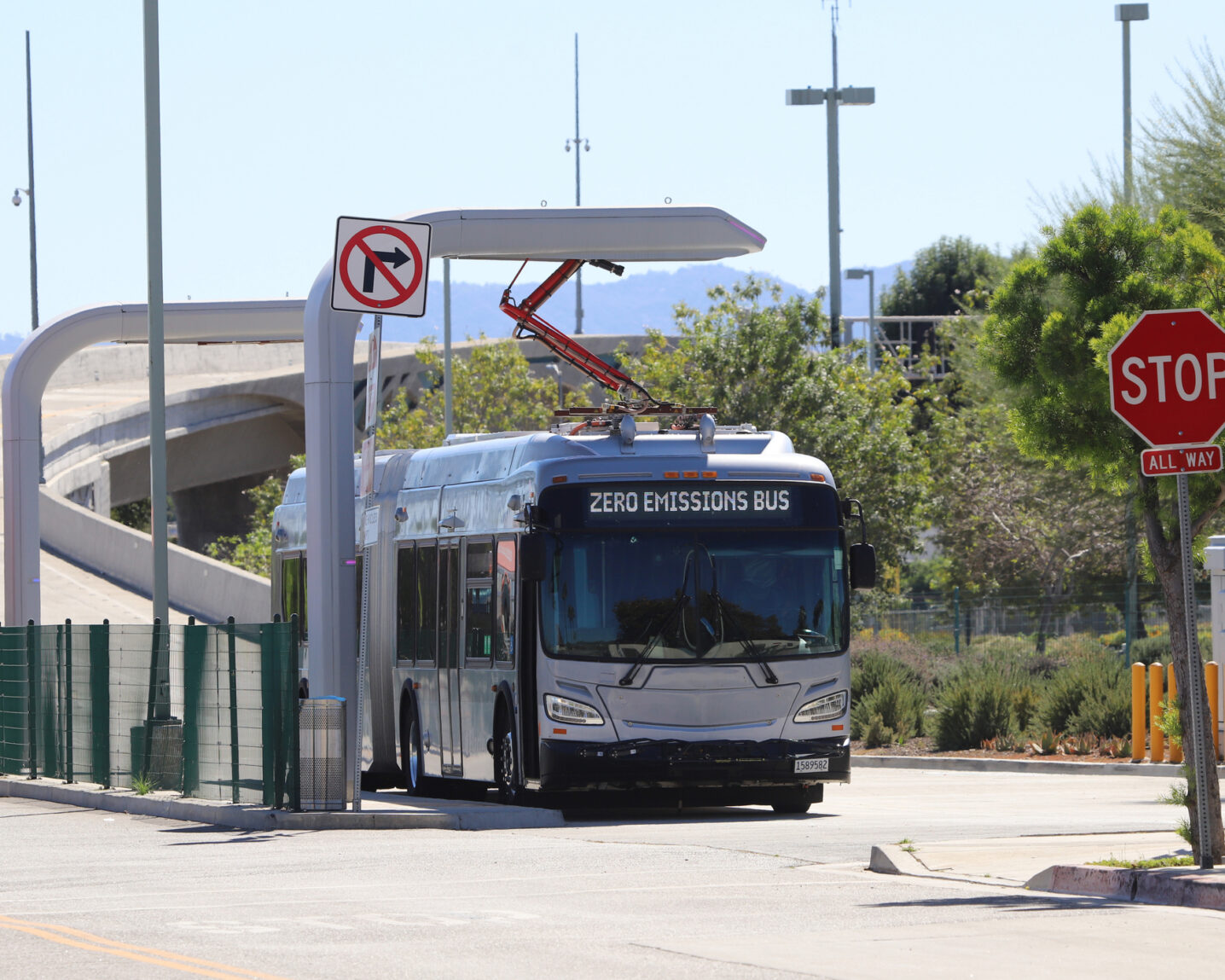Climate investments mapped out for municipalities, provinces and water boards
At the request of the Association of Netherlands Municipalities (VNG), Rebel analyzed the investment challenges that municipalities, provinces, and water boards face under the Climate Agreement. By clarifying these challenges, responsibilities, and financing options, Rebel helped local authorities strengthen their role in the energy transition.

The challenge
Local authorities play a central role in climate action. Yet, they often lack a clear overview of the necessary investments and financing options, making decisions harder. What can municipalities, provinces, and water boards expect? How do these responsibilities fit within their regular tasks and budgets? Where should they anticipate extra risks and costs, and what benefits can they achieve?
The approach
Rebel has created a clear overview of the investment landscape for local authorities, starting from four main categories:
-
Real estate: Making municipal, provincial, and social buildings more sustainable. This also includes water board facilities such as wastewater treatment plants.
-
Nature: Tasks like protecting species through species management plans (SMPs), and related measures such as installing bat boxes on buildings. These are often conditions or compensations required when, for example, carrying out insulation projects.
-
Mobility: Measures to electrify private transport, develop emission-free public transport, encourage shared mobility, expand charging infrastructure, and monitor environmental zones (e.g., through camera systems). Circular road construction with climate-neutral materials also falls under this theme.
-
Energy: The largest investment challenges lie here. For electricity, this includes sustainable generation (solar and wind), storage (batteries), and grid reinforcement. For heat, it involves developing geothermal and aquathermal energy, building heat networks, producing bio- and green gas, and storing energy in thermal systems.
For each category, Rebel analyzed the key features, the role of government, funding and financing options, and implementation requirements. This analysis was enriched with practical experience, drawing on expert interviews and lessons from previous advisory projects. Based on this, Rebel developed a core profile for each type of investment, outlining typical costs, risks, scale, and financing models. The findings are presented in a clear and accessible way, allowing policymakers to quickly grasp the essentials.
Some tasks can be considered part of regular operations and may not heavily burden municipal budgets. For example, charging infrastructure can largely be developed and operated by the market. Similarly, investments in species management and nature are relatively limited in scope—and can even open up new investment opportunities.
Some issues, however, carry significant risks of higher costs. For example:
-
Social real estate: Investments to make public buildings climate-adaptive, energy-neutral, circular, and nature-inclusive often do not deliver quick returns.
-
Civil engineering: The sector is heavily affected by energy and climate challenges, but the full consequences remain uncertain.
-
Sustainable energy and infrastructure: Projects such as heat networks require very large investments, which individual municipalities often cannot shoulder alone.
While these costs and risks are balanced by potential benefits, local authorities must be clear on what they are committing to and for how long. Energy infrastructure and building investments are substantial, and the flexibility to adjust recurring commitments later is limited. This makes it essential to anticipate challenges early—both in terms of content and finance.
This initial scan not only brings structure and insight into the investment challenges but also highlights where deeper analysis would add the most value.
This has provided local authorities with strategic insight into their climate-related investment challenges, along with concrete recommendations for further research on areas such as real estate, civil engineering, network infrastructure, and species management. As a result, they are better equipped to turn their ambitions into practical, achievable financing strategies.
Impact
Local authorities now have a clearer understanding of their investment challenges and the available financing options under the Climate Agreement.


